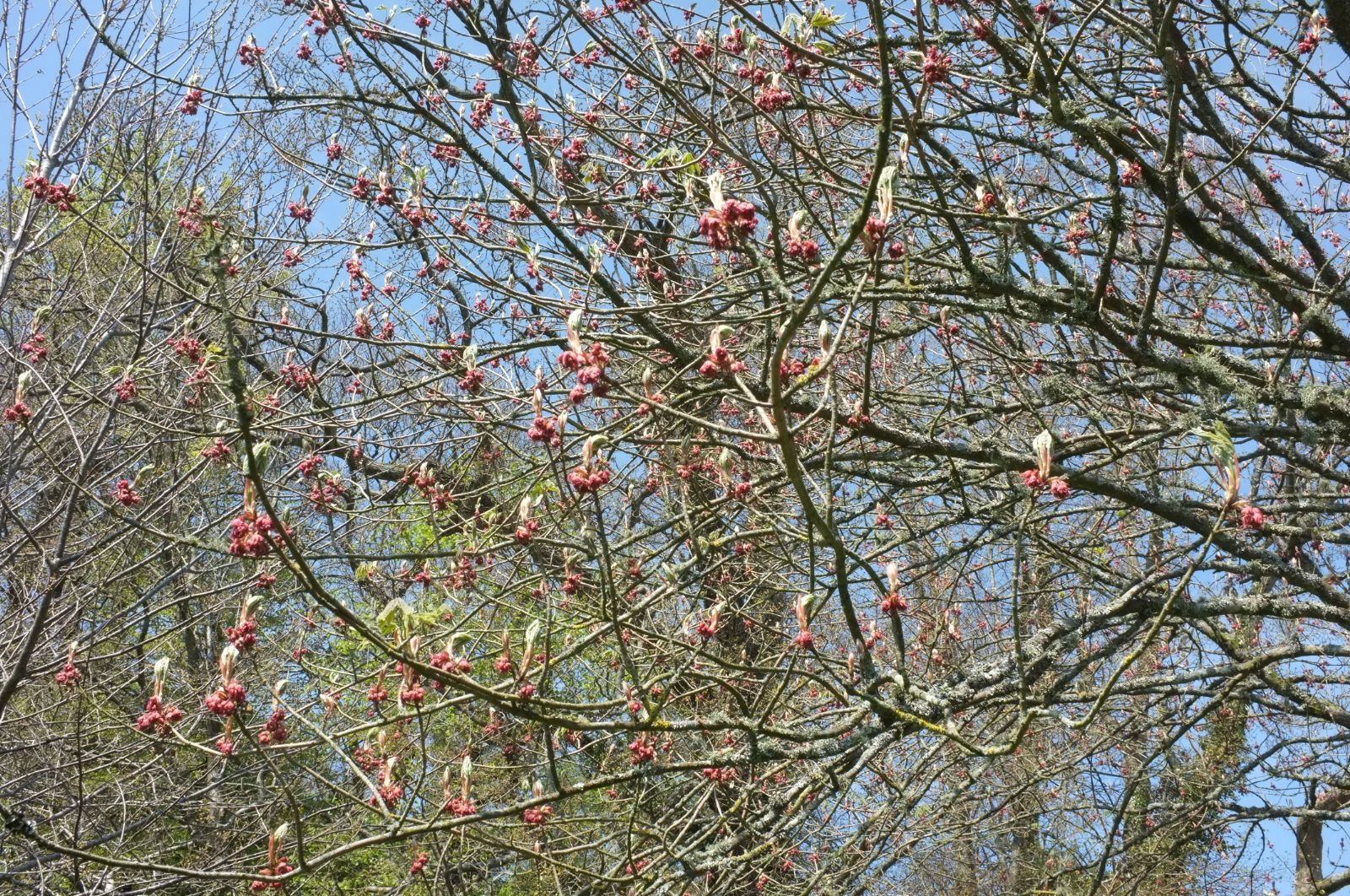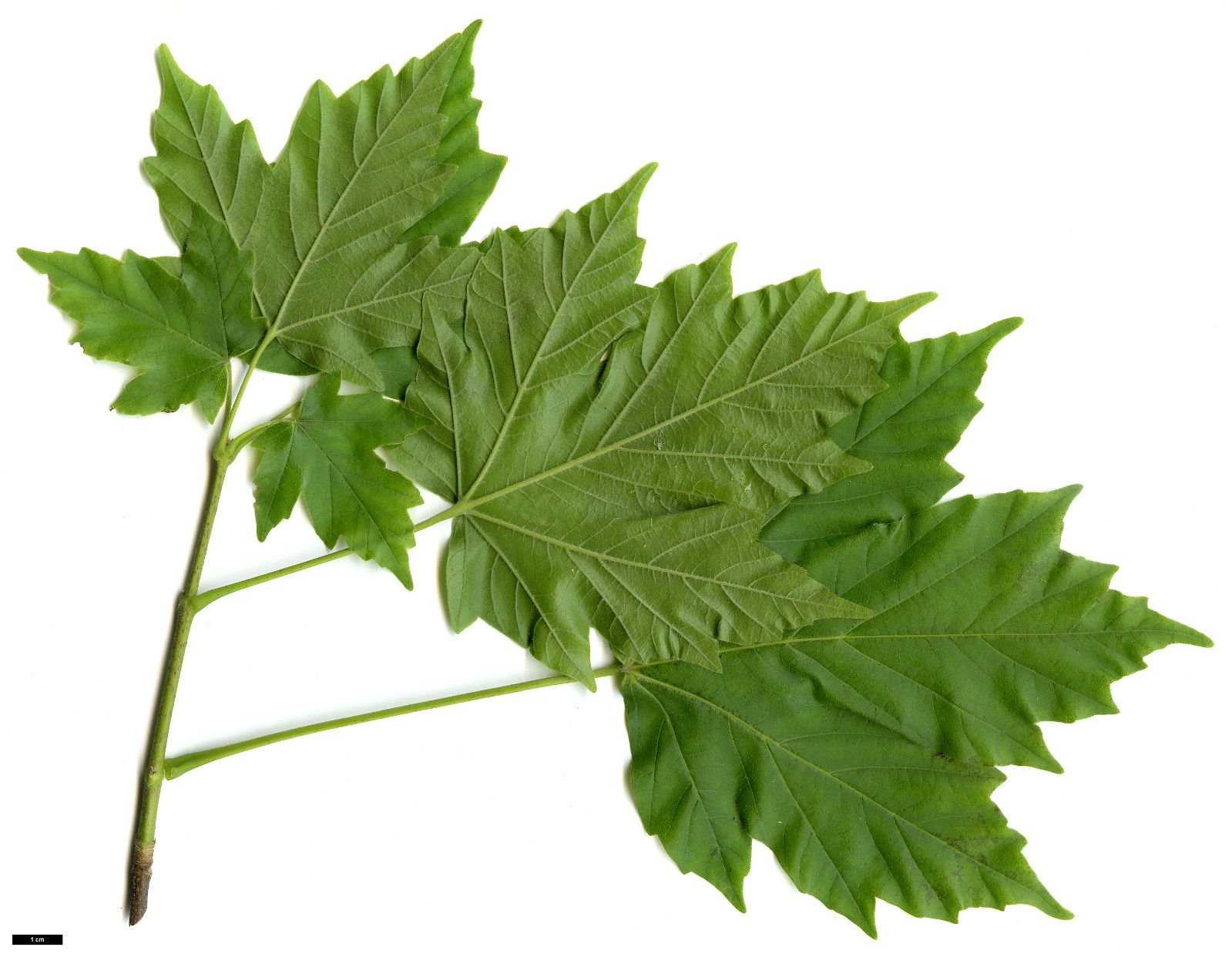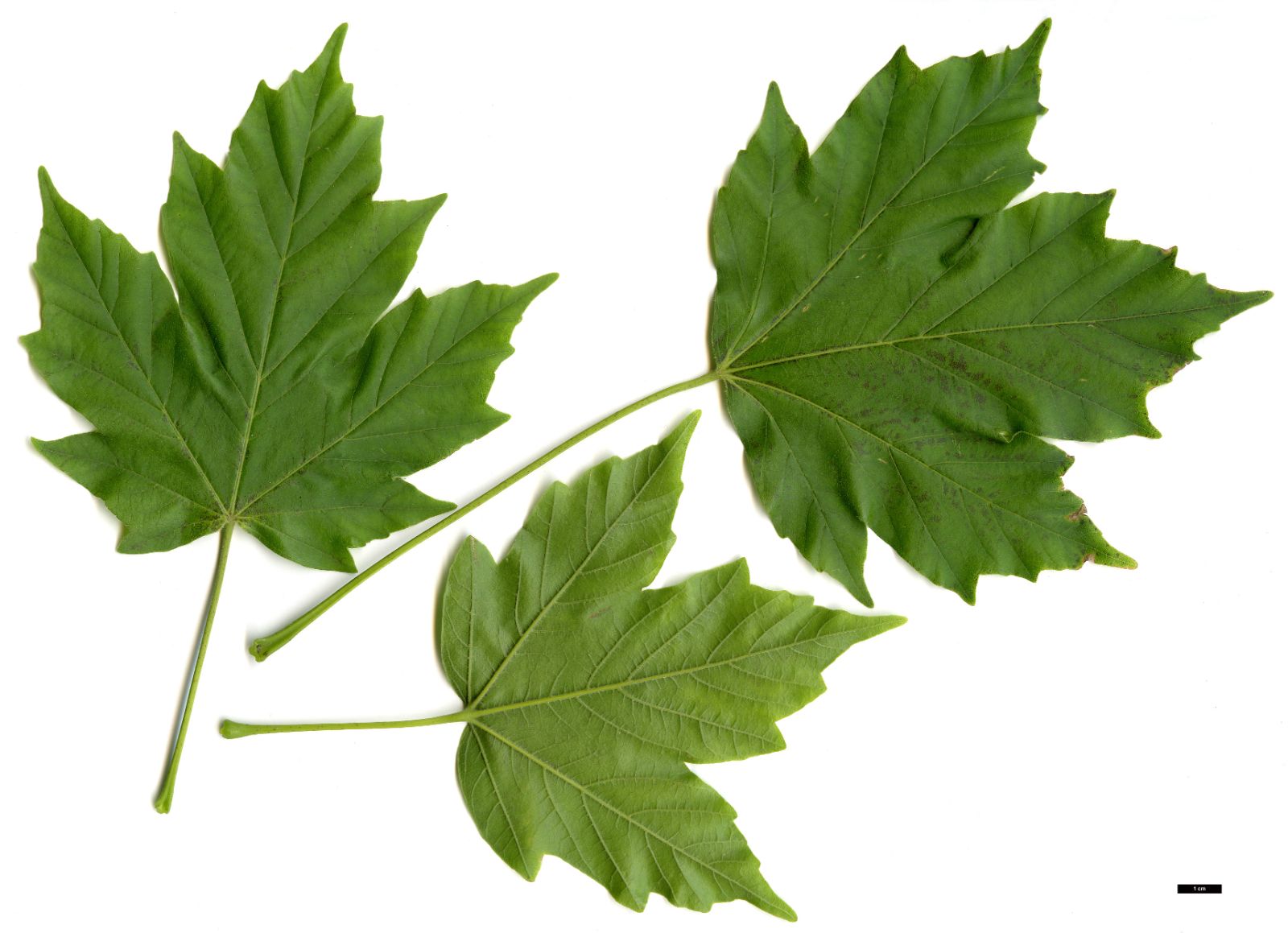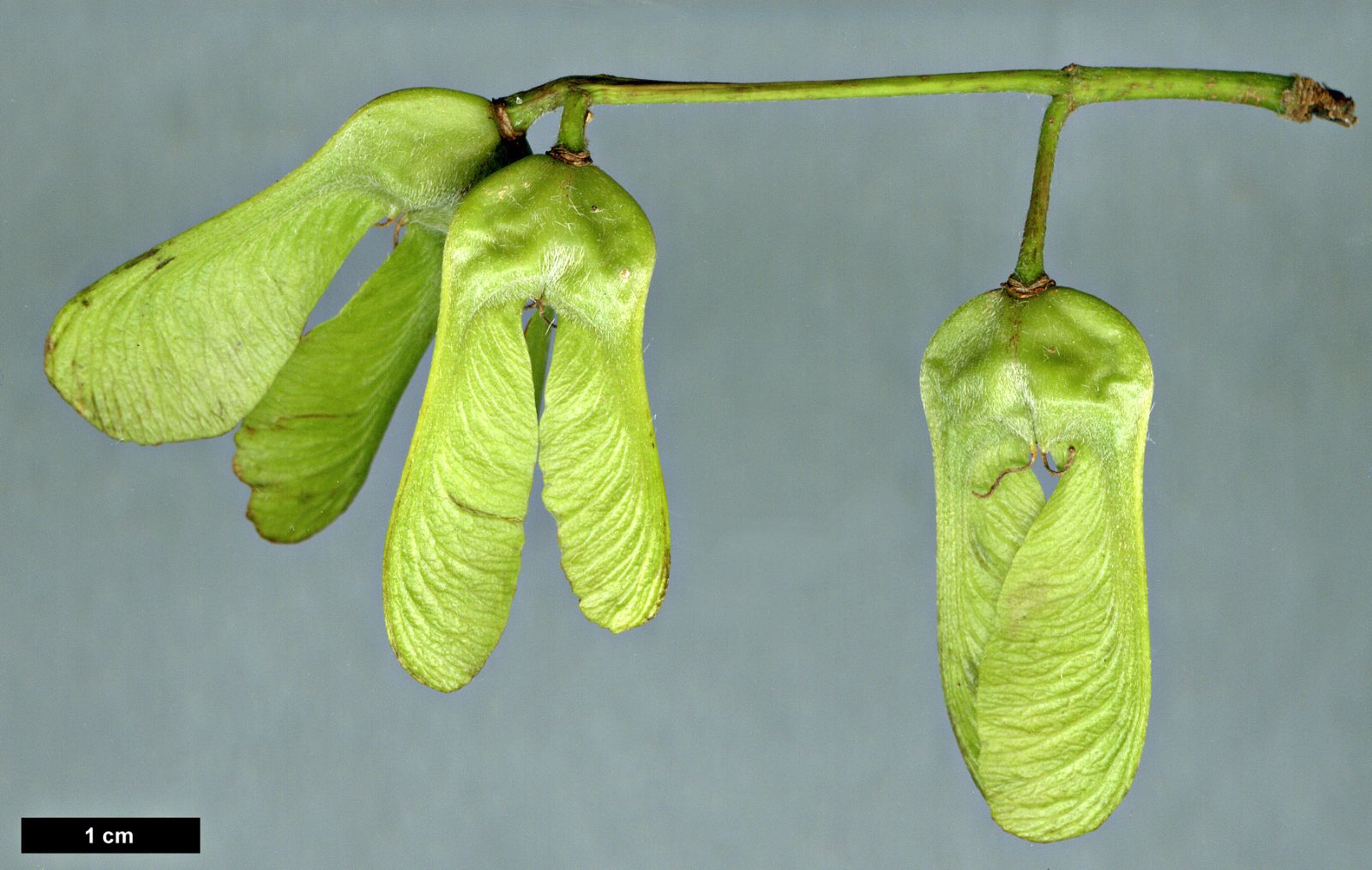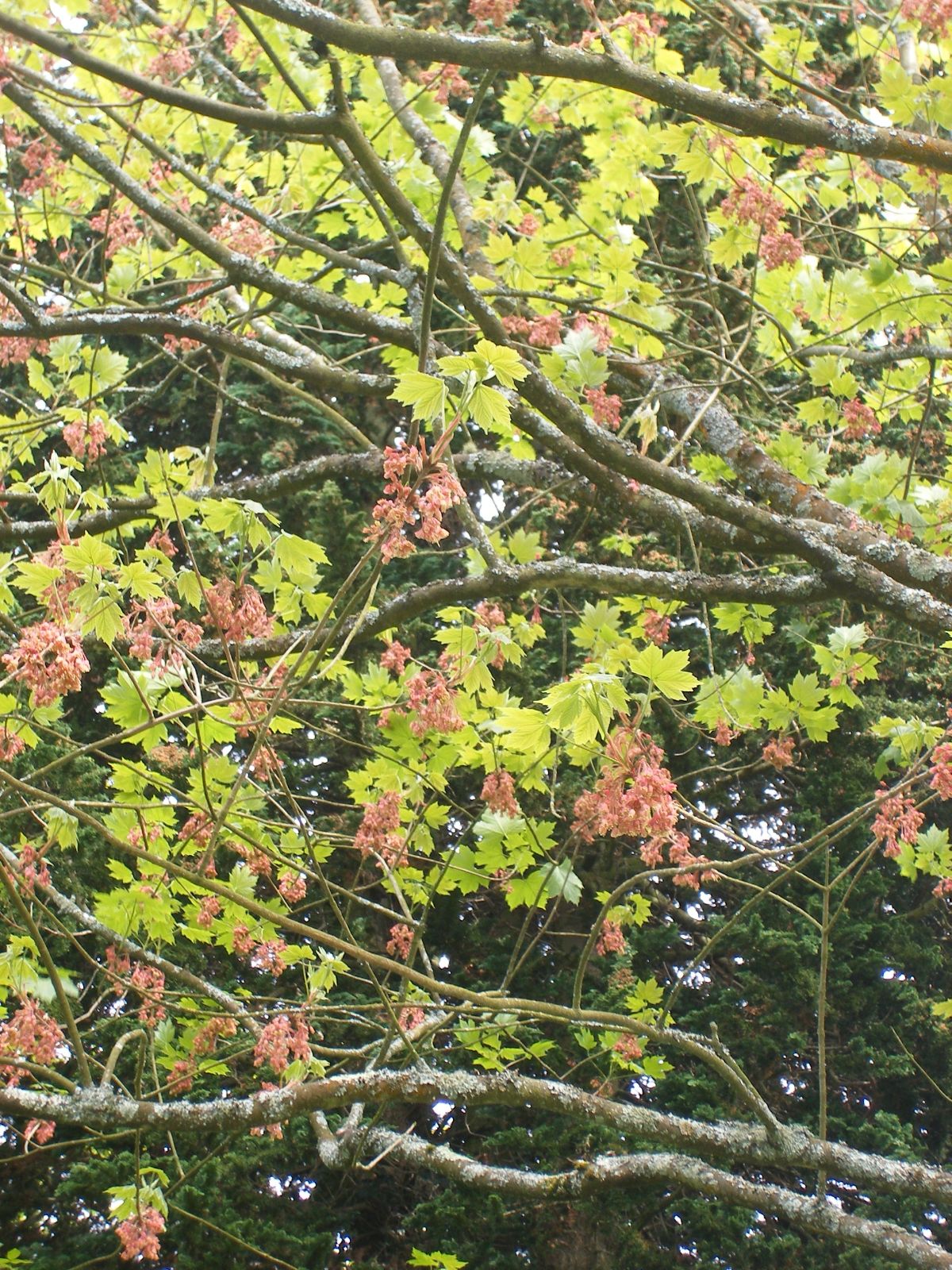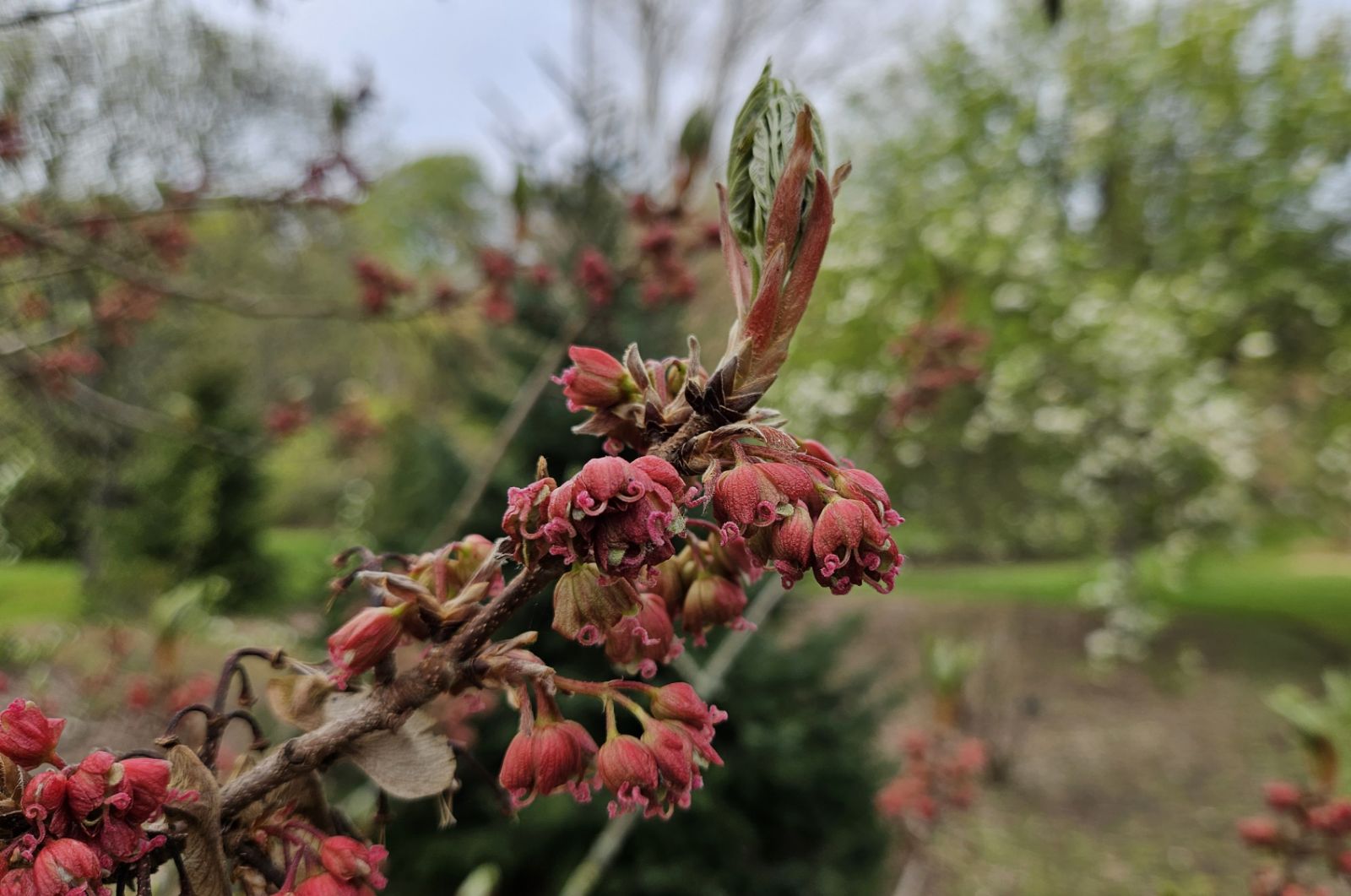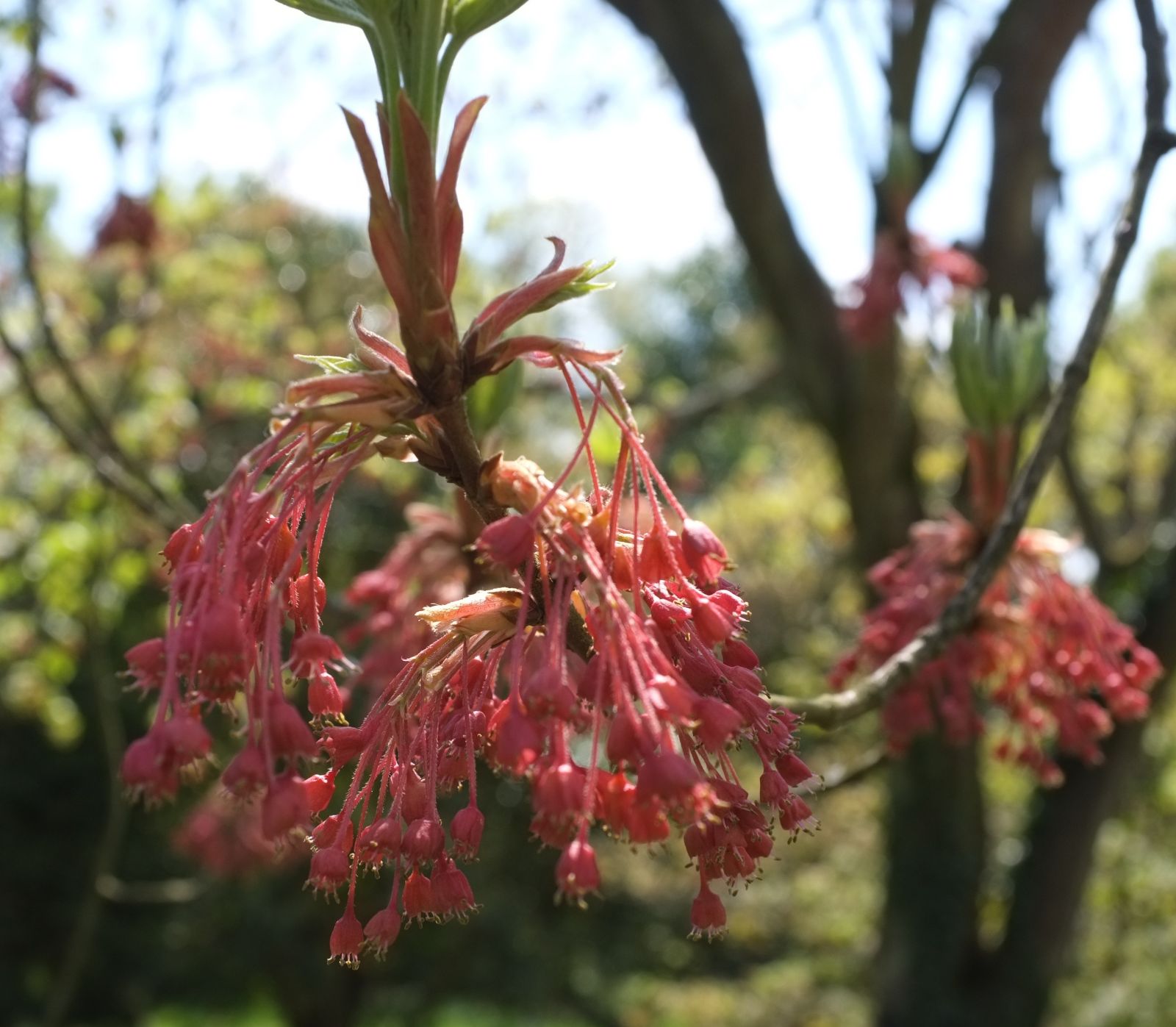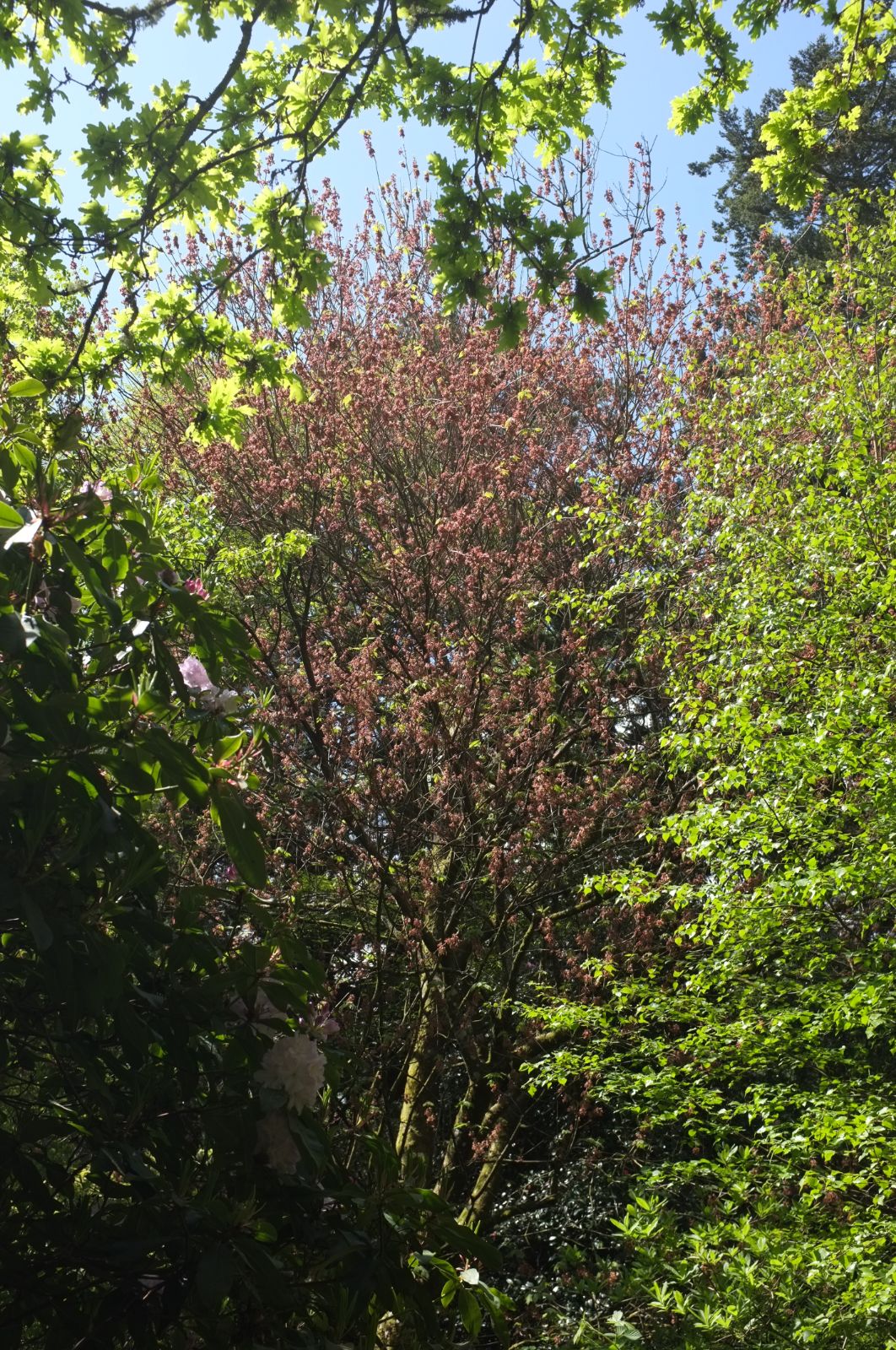Acer diabolicum
Sponsor
Kindly sponsored by
a member of the International Dendrology Society
Credits
Article from Bean's Trees and Shrubs Hardy in the British Isles
Recommended citation
'Acer diabolicum' from the website Trees and Shrubs Online (treesandshrubsonline.
Genus
Infraspecifics
Other taxa in genus
- Acer acuminatum
- Acer amplum
- Acer argutum
- Acer barbinerve
- Acer buergerianum
- Acer caesium
- Acer calcaratum
- Acer campbellii
- Acer campestre
- Acer 'Candy Stripe'
- Acer capillipes
- Acer cappadocicum
- Acer carpinifolium
- Acer 'Cascade'
- Acer caudatum
- Acer ceriferum
- Acer chapaense
- Acer chienii
- Acer circinatum
- Acer cissifolium
- Acer × conspicuum
- Acer cordatum
- Acer coriaceifolium
- Acer × coriaceum
- Acer crataegifolium
- Acer davidii
- Acer distylum
- Acer divergens
- Acer duplicatoserratum
- Acer elegantulum
- Acer erianthum
- Acer 'Esk Flamingo'
- Acer fargesii
- Acer fenzelianum
- Acer flabellatum
- Acer forrestii
- Acer franchetii
- Acer × freemanii
- Acer fulvescens
- Acer 'Gimborn'
- Acer ginnala
- Acer glabrum
- Acer 'Gold Coin'
- Acer granatense
- Acer grandidentatum
- Acer griseum
- Acer heldreichii
- Acer henryi
- Acer × hillieri
- Acer hookeri
- Acer hyrcanum
- Acer japonicum
- Acer kawakamii
- Acer komarovii
- Acer laevigatum
- Acer laurinum
- Acer laxiflorum
- Acer lobelii
- Acer longipes
- Acer macrophyllum
- Acer mandshuricum
- Acer maximowiczianum
- Acer maximowiczii
- Acer metcalfii
- Acer miaotaiense
- Acer micranthum
- Acer 'Mindavi'
- Acer 'Minorient'
- Acer miyabei
- Acer miyabei × campestre
- Acer monspessulanum
- Acer morifolium
- Acer 'Mozart'
- Acer oblongum
- Acer obtusifolium
- Acer okamotoanum
- Acer oliverianum
- Acer opalus
- Acer orientale
- Acer palmatum
- Acer papilio
- Acer pauciflorum
- Acer pectinatum
- Acer pensylvanicum
- Acer pentaphyllum
- Acer pentapotamicum
- Acer pictum
- Acer pilosum
- Acer pinnatinervium
- Acer platanoides
- Acer platanoides × amplum
- Acer platanoides × truncatum
- Acer × pseudoheldreichii
- Acer pseudoplatanus
- Acer pseudosieboldianum
- Acer pubinerve
- Acer pycnanthum
- Acer rubescens
- Acer rubrum
- Acer rufinerve
- Acer saccharinum
- Acer saccharum
- Acer sempervirens
- Acer 'Serpentine'
- Acer serrulatum
- Acer shenkanense
- Acer sieboldianum
- Acer sikkimense
- Acer 'Silver Cardinal'
- Acer 'Silver Ghost'
- Acer sinense
- Acer sinopurpurascens
- Acer spicatum
- Acer stachyophyllum
- Acer taronense
- Acer tataricum
- Acer tegmentosum
- Acer tenellum
- Acer tetramerum
- Acer tibetense
- Acer tonkinense
- Acer triflorum
- Acer truncatum
- Acer tschonoskii
- Acer turkestanicum
- Acer tutcheri
- Acer ukurunduense
- Acer velutinum
- Acer wardii
- Acer 'White Tigress'
- Acer wilsonii
- Acer × zoeschense
A round-topped, deciduous tree about 30 ft high; branchlets covered with whitish hairs when young, becoming glabrous later. Leaves 4 to 7 in. wide and long, five-lobed, heart-shaped or almost truncate at the base, the lobes broadly ovate and with a few large teeth. When young, both surfaces, the margins and the leaf-stalk are thickly covered with whitish hairs; with age, these mostly fall away, but remain on the stalk, ribs and veins, and are scattered more or less over the lower surface. Flowers yellow, produced in April before the leaves in short pendulous corymbs from the joints of the previous year’s wood; flower-stalk downy, 1 to 11⁄2 in. long. Fruit with numerous whitish, stinging bristles on the nutlets and a few on the wings; keys 11⁄4 in. long; wings oval, 2⁄5 in. wide.
Native of Japan; introduced by Maries for Messrs Veitch in 1880. It is quite hardy, and is one of the biggest-leaved of hardy maples; but Prof. Sargent observes that it has no bright autumn colour, and is one of the least ornamental maples in Japan. The curious specific name is said to refer to the two horn-like, persistent styles attached to the inner side of the nutlets between the wings.
There is a specimen 45 × 31⁄2 ft in the Main Drive at Westonbirt (1966).
From the Supplement (Vol. V)
It should have been mentioned that this species is dioecious.
specimens: Syon Park, London, three trees of almost the same size, the largest 35 × 33⁄4 ft (1981); Borde Hill, Sussex, pl. 1909, 30 × 33⁄4 ft (1974); Beauport, Sussex, 44 × 51⁄2 ft (1983); Hillier Arboretum, Ampfield, Hants, 40 × 31⁄4 ft (1980); Westonbirt, Glos., 50 × 31⁄2 ft (1980).
f. purpurascens – This occurs in the wild, and in both sexes. But in gardens a male clone is the commoner, and also the more decorative.
A. sinopurpurascens Cheng – This is the Chinese counterpart of A. diabolicum (A. purpurascens Franch. was the name once used for the Japanese species as a whole, though founded on a purplish-flowered specimen). It was introduced by Gordon Harris to his collection at Mallet Court.
f. purpurascens (Franch. & Sav.) Rehd.
Synonyms
A. purpurascens Franch. & Sav
Flowers purple; unfolding leaves and young fruits also purple. This form is probably of Japanese garden origin and much to be preferred to the type. At Kew the foliage turns red in the autumn.

